- Industries
- Finance
Nearshore software development for finance—secure, scalable, and compliant solutions for banking, payments, and APIs.
- Retail
Retail software development services—e-commerce, POS, logistics, and AI-driven personalization from nearshore engineering teams.
- Manufacturing
Nearshore manufacturing software development—ERP systems, IoT platforms, and automation tools to optimize industrial operations.
- Finance
- What we do
- Services
- Software modernization services
- Cloud solutions
- AI – Artificial intelligence
- Idea validation & Product development services
- Digital solutions
- Integration for digital ecosystems
- A11y – Accessibility
- QA – Test development
- Technologies
- Front-end
- Back-end
- DevOps & CI/CD
- Cloud
- Mobile
- Collaboration models
- Collaboration models
Explore collaboration models customized to your specific needs: Complete nearshoring teams, Local heroes from partners with the nearshoring team, or Mixed tech teams with partners.
- Way of work
Through close collaboration with your business, we create customized solutions aligned with your specific requirements, resulting in sustainable outcomes.
- Collaboration models
- Services
- About Us
- Who we are
We are a full-service nearshoring provider for digital software products, uniquely positioned as a high-quality partner with native-speaking local experts, perfectly aligned with your business needs.
- Meet our team
ProductDock’s experienced team proficient in modern technologies and tools, boasts 15 years of successful projects, collaborating with prominent companies.
- Why nearshoring
Elevate your business efficiently with our premium full-service software development services that blend nearshore and local expertise to support you throughout your digital product journey.
- Who we are
- Our work
- Career
- Life at ProductDock
We’re all about fostering teamwork, creativity, and empowerment within our team of over 120 incredibly talented experts in modern technologies.
- Open positions
Do you enjoy working on exciting projects and feel rewarded when those efforts are successful? If so, we’d like you to join our team.
- Hiring guide
How we choose our crew members? We think of you as a member of our crew. We are happy to share our process with you!
- Rookie booth camp internship
Start your IT journey with Rookie boot camp, our paid internship program where students and graduates build skills, gain confidence, and get real-world experience.
- Life at ProductDock
- Newsroom
- News
Stay engaged with our most recent updates and releases, ensuring you are always up-to-date with the latest developments in the dynamic world of ProductDock.
- Events
Expand your expertise through networking with like-minded individuals and engaging in knowledge-sharing sessions at our upcoming events.
- News
- Blog
- Get in touch
24. Jun 2025 •10 minutes read
From code to Cloud: A decade of role shifts and growth
by ProductDock
Our interview series celebrating team members who’ve been with us for ten years continues. We are celebrating and honoring a decade of role shifts and growth with our software engineers.
We sat down with our software engineer, Nataša Radaković, whose journey has taken her from code to the cloud. Her positive energy, vivid communication and technical skills, selfless knowledge sharing, and a constant desire to learn made her an irreplaceable part of our team.
What do you like most about your role?
I recently changed positions. I moved from development to Cloud engineering, which focuses more on infrastructure.
What I like about our company when it comes to software engineer roles is that there are many options and opportunities for change – like my own transition from developer to Cloud engineer. Of course, that’s possible if there’s a client need for it.
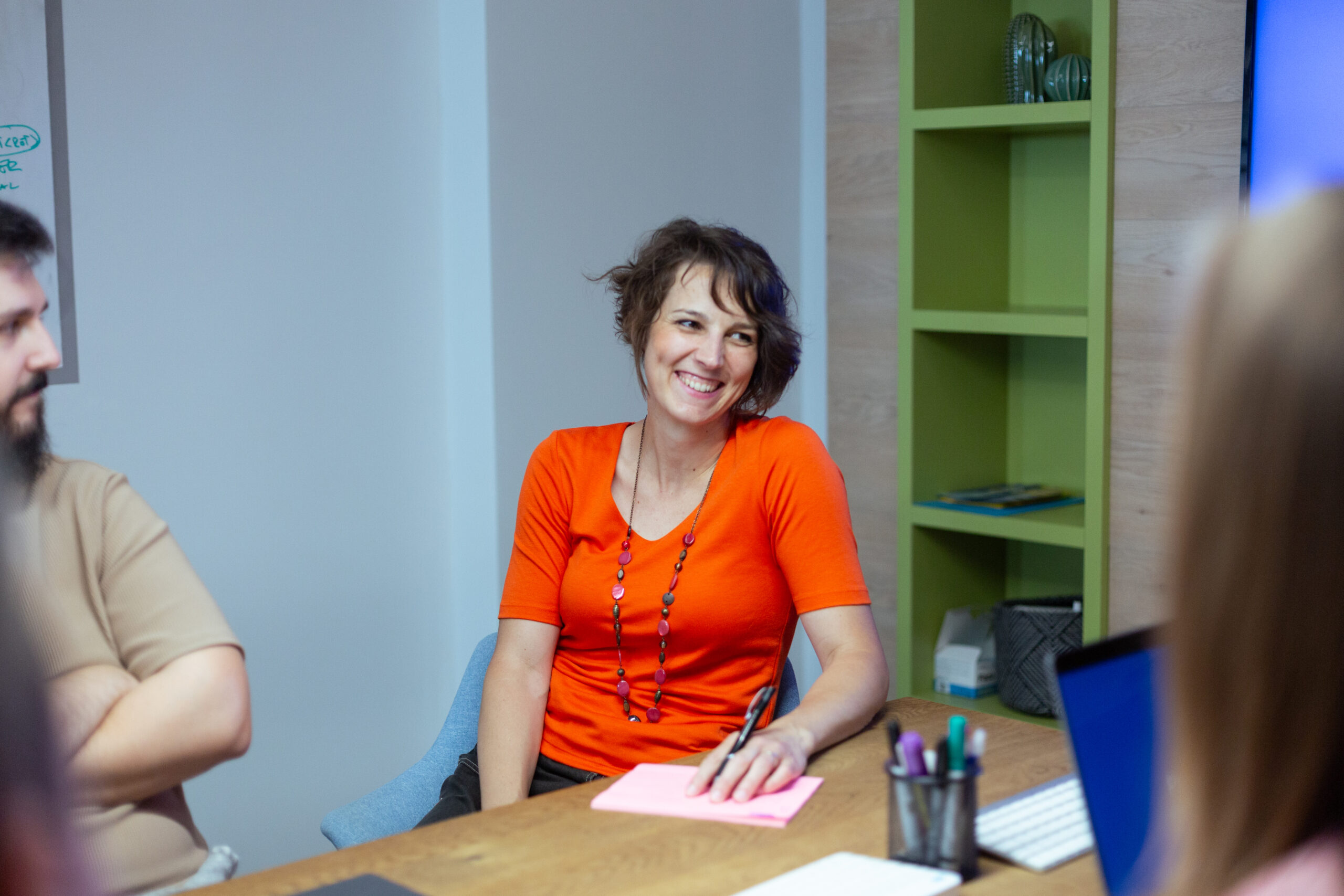
What I like is that each of these roles gives me a certain level of freedom. There’s no fixed path you have to follow or a box you have to stay in. You’re expected to take initiative, choose your own development path, contribute, and actually influence both the project and the direction it takes.
The projects we work on aren’t based on just one small task. You get a full picture — as a developer, you also touch on infrastructure and have the opportunity to be involved with it and make larger decisions. So, it’s not like you’re buried in one small part or maintaining just a tiny piece of code — you don’t have fixed limits.
I like that because it allows you to learn and grow constantly.
What is your biggest challenge as a Software Engineer at ProductDock?
The biggest challenge is that you constantly have to learn and grow.
You need to be a leader, not just someone who follows instructions, and you have to be proactive all the time. This naturally becomes more difficult with age, but on the other hand, you gain experience that helps you choose better paths than when you were younger.
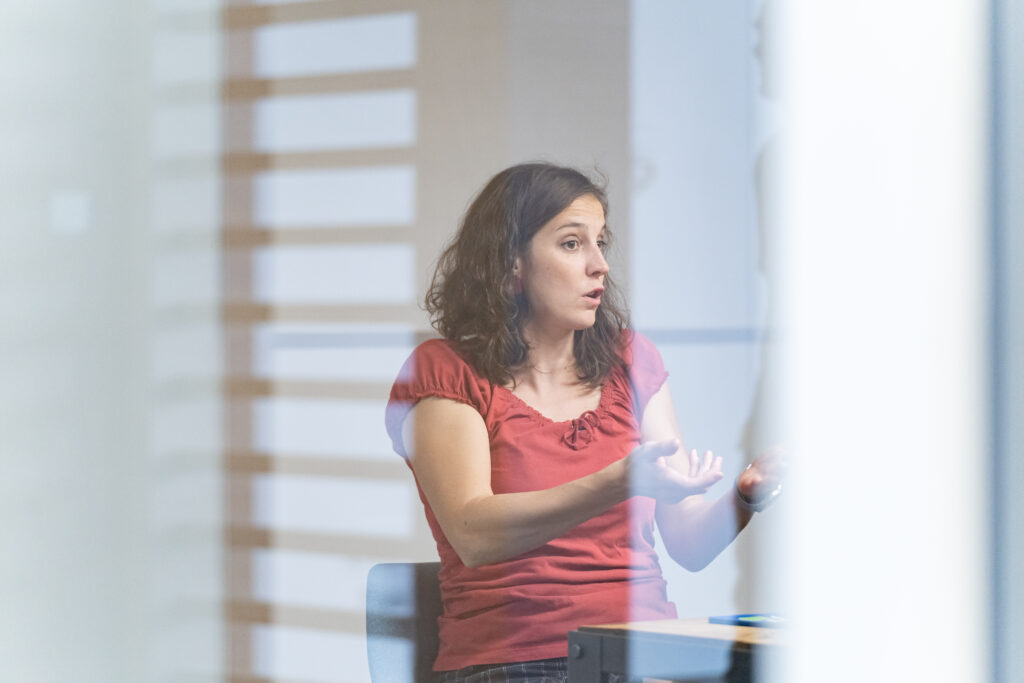
How did you grow at ProductDock? Tell us about your journey.
After graduating from the Faculty of Technical Sciences in Computer Science and Automation, I started working as an assistant in Mechatronics. I worked there for three years, and during that time, I also worked on programming, which made me realize it was something I wanted to do in life. After that, I joined this company as a Java developer. However, the first project required QA automation in Java, so I worked in that role for about a year and a half. We were writing automated tests in Java and worked on a Big Data project. It was exciting because we got to work with big data and see how that part of the system is developed and how it functions.
Next, I worked as a Java developer on another project where we implemented a document management system using a microservices-based architecture and NoSQL databases. After that, I went on maternity leave.
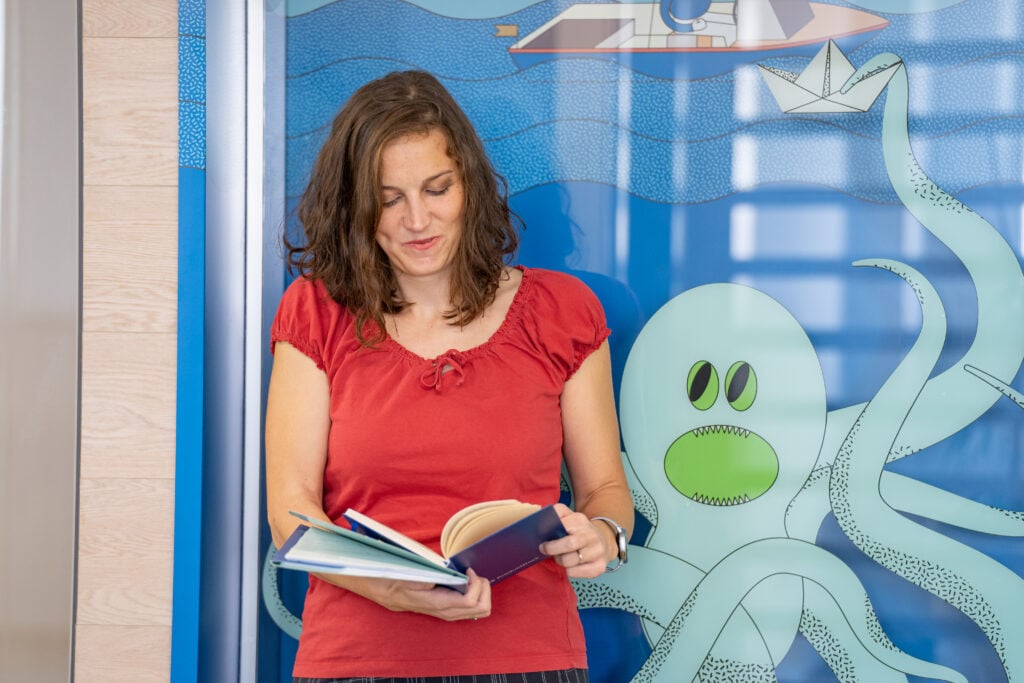
When I returned, I joined another Java development project where we were building a web application. The architecture included a messaging system and inter-application communication. On that same project, an opportunity arose for a DevOps role, which involved more work with Kubernetes. We were migrating an architecture from OpenShift to a client-developed cloud platform. That was the beginning of my shift from development to another area of focus.
I worked in that role for a while, and then went on another maternity leave.
After returning, I started working as a Site Reliability Engineer (SRE), which was considered an entry-level role at the time. We’re responsible for the infrastructure on Google Cloud and Azure. We’re in charge of site reliability, we monitor observability, charts, and other aspects that fall under this role.
At the time, the company was migrating from one cloud provider to another, and even today that setup is still evolving. The idea is to have the entire infrastructure defined as a code. This role includes DevOps responsibilities, a bit of networking, some security — the team is really a mix of all of that. We’re working toward Introducing and standardizing SRE principles and best practices and becoming a true Site Reliability team.
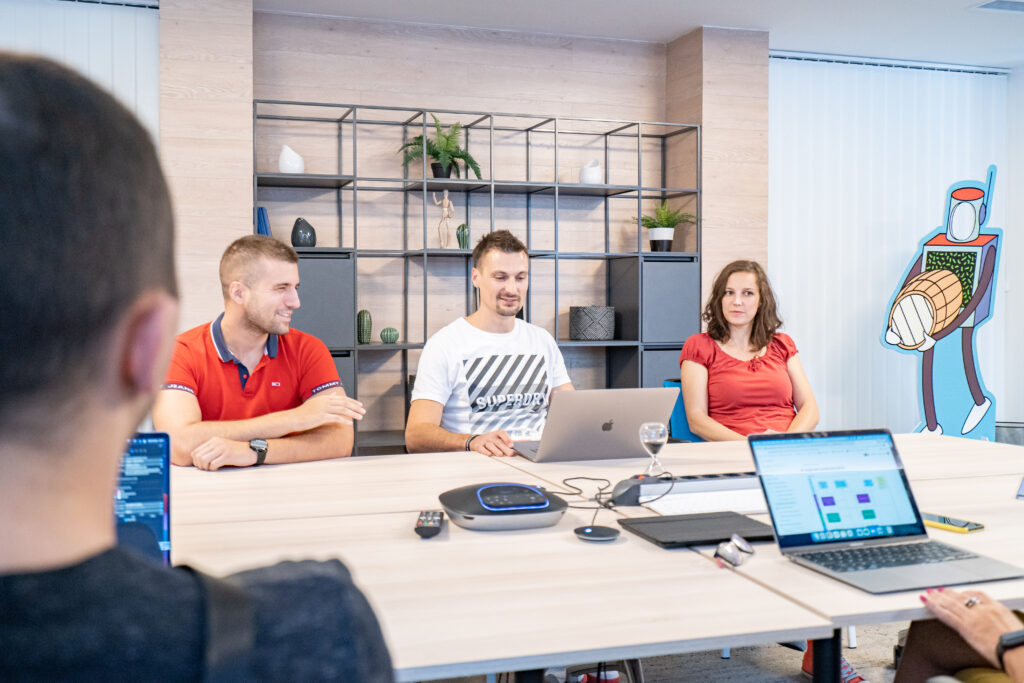
What is your best ProductDock memory?
From a professional perspective, the most enjoyable experience for me was when the entire team working on a project was based here.
There was a lot of work, but I felt the most relaxed during that time. We usually have mixed teams here, meaning we work for clients but as part of the client’s team. That kind of remote setup can be more stressful because the personal connection is missing, and it’s harder to communicate and maintain a smooth workflow.
In this particular case, most of the team was here locally, and only the Product Owner – on our side, from codecentric – was in Germany. We worked together from the office, and that period stands out as the most enjoyable collaboration experience for me.
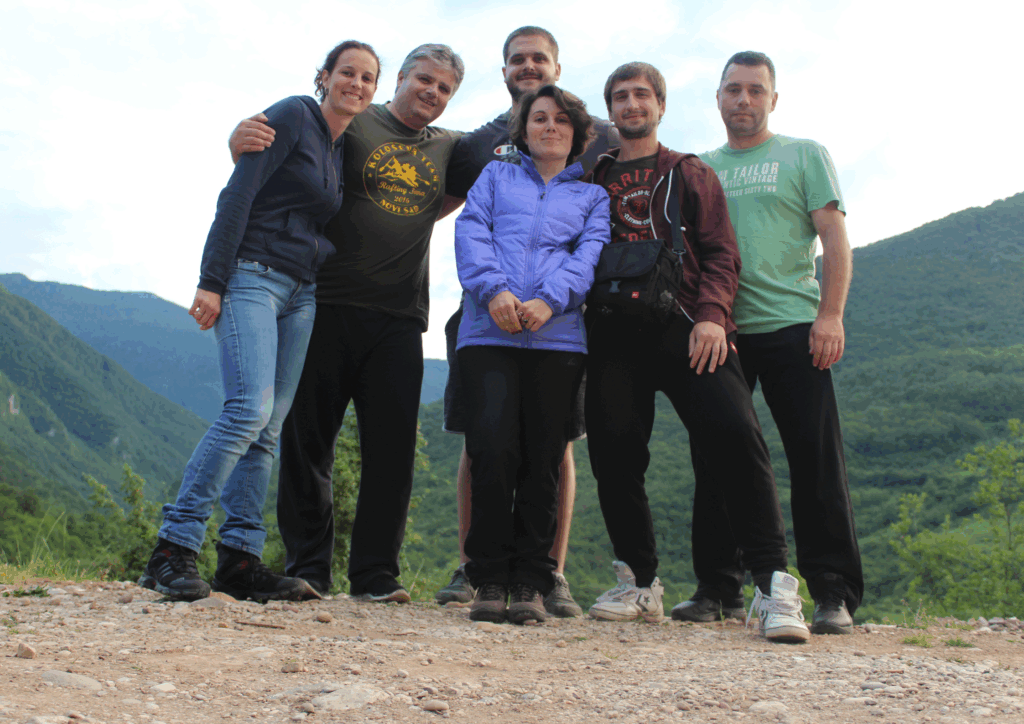
After the COVID pandemic, the team changed, and we switched to remote work, but I still have fond memories of that time and the feeling of having a local team. We also had excellent communication with the client. Our relationship with them was really good, and the team members were very similar in terms of mindset and goals, which can be rare. It doesn’t always happen that you have a great team, a good Product Owner, and a good client all at once.

What is the secret of staying in the same company for more than 10 years?
First of all, there’s real understanding for personal life.
I’ve been on maternity leave twice, which never held me back professionally. When I returned, I could openly communicate with both the client and my managers about my situation, and no one expected anything from me that I wasn’t able to deliver.
When it comes to technical skills, I was never pressured to know something I didn’t know. During every technical interview with clients, I was always able to present the true scope of my knowledge. I’ve frequently switched technologies; and not once was it expected of me to be an expert right away in a new role. In fact, quite the opposite — it was understood that I was taking on a new role for the first time and eager to learn.
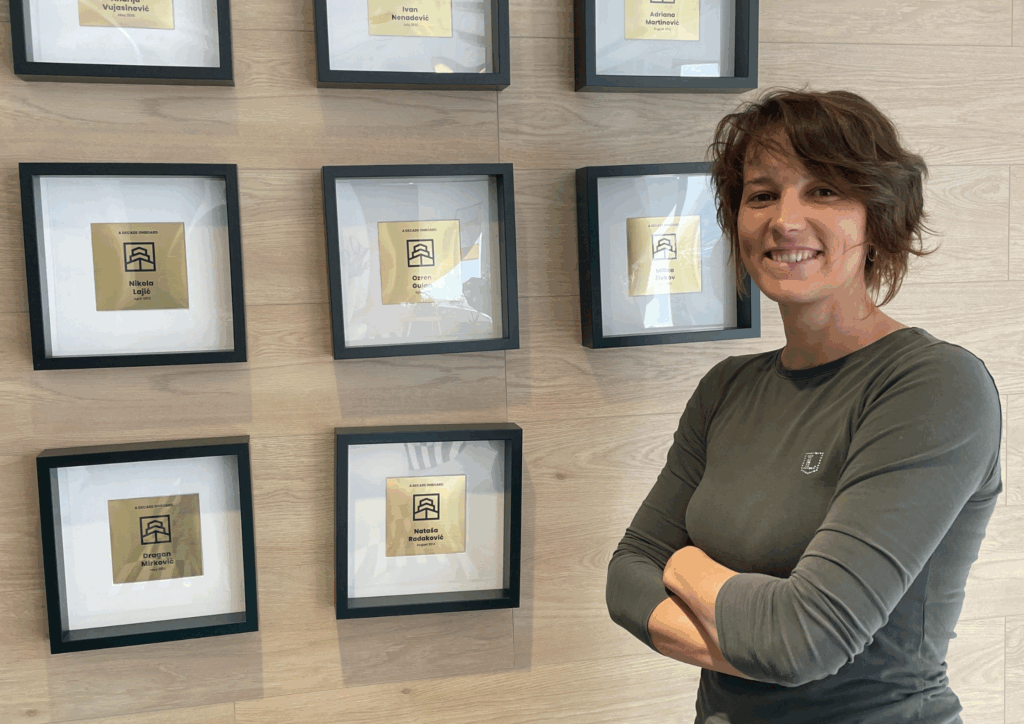
That healthy atmosphere when it comes to expectations really matters. You’re free to change roles, and at the same time, no one expects you to be an expert in a position you’ve just started, because that’s unrealistic.
There’s also constant exposure to new technologies, trends, and ongoing interaction with people and clients. Everything so far has been positive. The communication with clients and the projects I’ve worked on has allowed me to grow in soft and technical skills.
Additionally, we’ve never been expected to work overtime. Our working hours are clearly defined – eight hours a day – and neither clients nor the company have ever pushed for extra hours. That tells me the projects are well-planned and there’s no pressure.
I also like that each time I change projects, it feels like a kind of micro-relocation into a different company because you’re influenced by the client’s culture and environment. That’s always been enjoyable and refreshing for me.
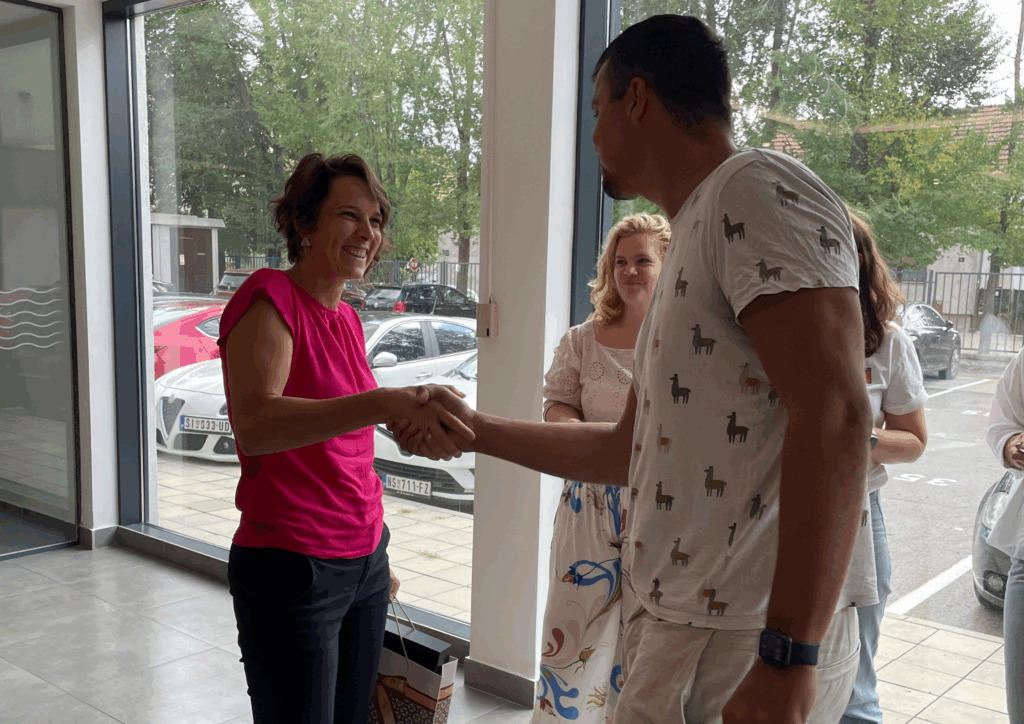
Share a book list that supports your expertise with short explanations why you recommend that.
The last book I read was before my maternity leave, when I was still a developer.
Now, with a family and two young children, I mostly learn through documentation, reading, and hands-on experimentation. People usually read books in their free time, but I don’t have much of that at the moment, and at work, there usually isn’t room to dedicate time to reading books either.
Most of my learning now happens when I encounter a challenge — I first have to understand the problem by studying various documentation and doing research. I learn by working on real, practical tasks. For example, on the project I mentioned earlier — the one I remember most fondly — the Product Owner managed to secure time from the client specifically to read a book during working hours and then implement what we learned. That was truly ideal. To produce quality work, we also had time for quality learning and reading valuable material.

How do you like the projects you have worked on at ProductDock?
I found all of the projects very interesting.
Each one had new challenges and was interesting in its own unique way. Trends were constantly being followed, and I really appreciated the freedom we had—if I had an idea and wanted to pursue it, I often had the opportunity to do so. So overall, I’m delighted with the projects I’ve worked on.
What do you appreciate the most in teamwork and why?
What I value most in teamwork is the support and different perspectives.
If the team is strong and collaborative, everything can be solved. There is no problem that can’t be fixed. Even if, as an individual, you go down the wrong path, there are people in the team who will bring you back and steer you in the right direction.
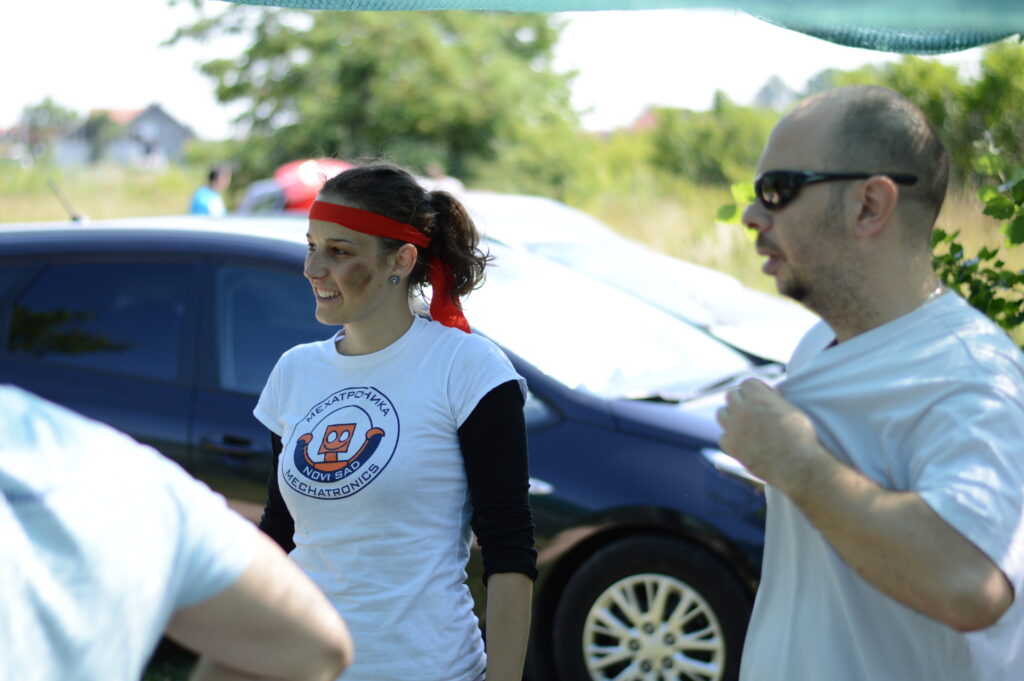
I love pair programming and collaborative problem-solving, especially when there’s a big problem and multiple people are working on a complex task. Usually, that leads to a really great solution and a high-quality product from the team’s efforts.
The sense of security that comes with being part of a team—knowing that you’re never alone and that you can always rely on the support of your team members—is priceless.
Which qualities and skills are important for a new team member?
In addition to knowledge, the attitude toward work and the client is extremely important. It’s essential to be honest with your team, even though we work remotely. You must be honest, transparent, and communicate your needs at and outside of work. You should be willing to learn new things and enjoy solving problems, even when you don’t know where to start.
You also need to be persistent and have some experience in this because, generally, my team is working on many new things. Such an environment could potentially undermine the confidence of a junior team member.
What are the three things you like the most at ProductDock?
The diversity of technologies we work with.
Respect for personal life.
Flexible working hours and a hybrid work model.
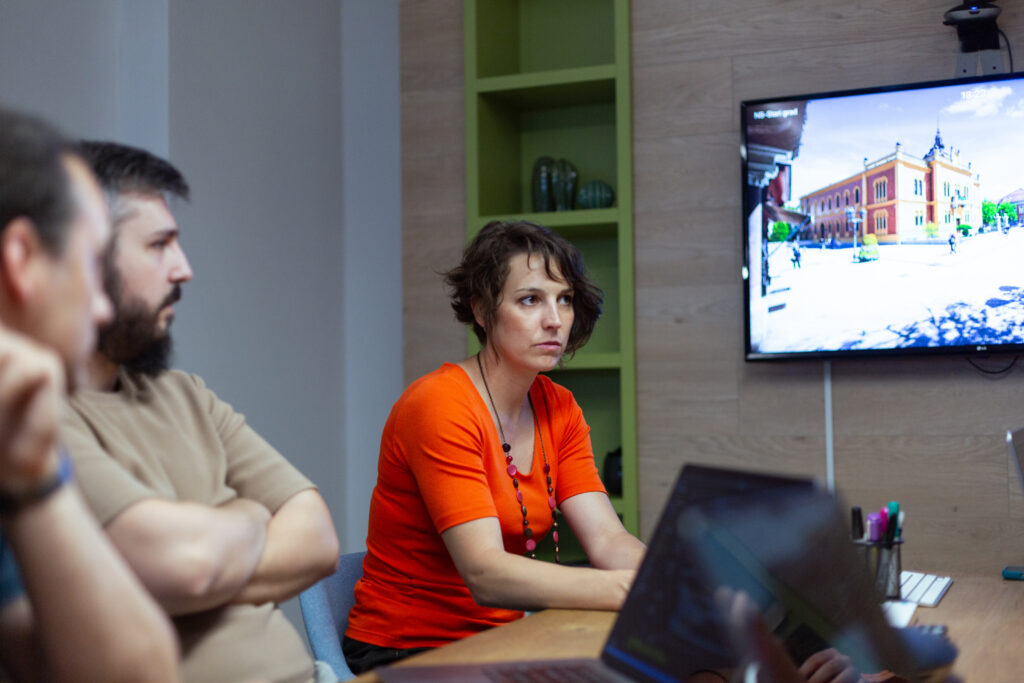
Where would you go if you could visit anywhere you have never been and why?
I love to travel, and there are many places I would like to visit.
It’s hard to pick just one, but if I had to, I’d say Japan. It’s still a dream for me, and it feels almost unattainable. I’d love to get to know their culture; I believe they are very different from us, which fascinates me. I want to go everywhere I haven’t been yet. Many places in Serbia are worth visiting, as well.
What do you do to relax in your free time? How do you recharge your batteries?
I spend most of my free time with my kids and playing tennis.
The kids come first—they are the most important thing to me and what fulfills me the most. Then, if I find the time, I enjoy doing sports.
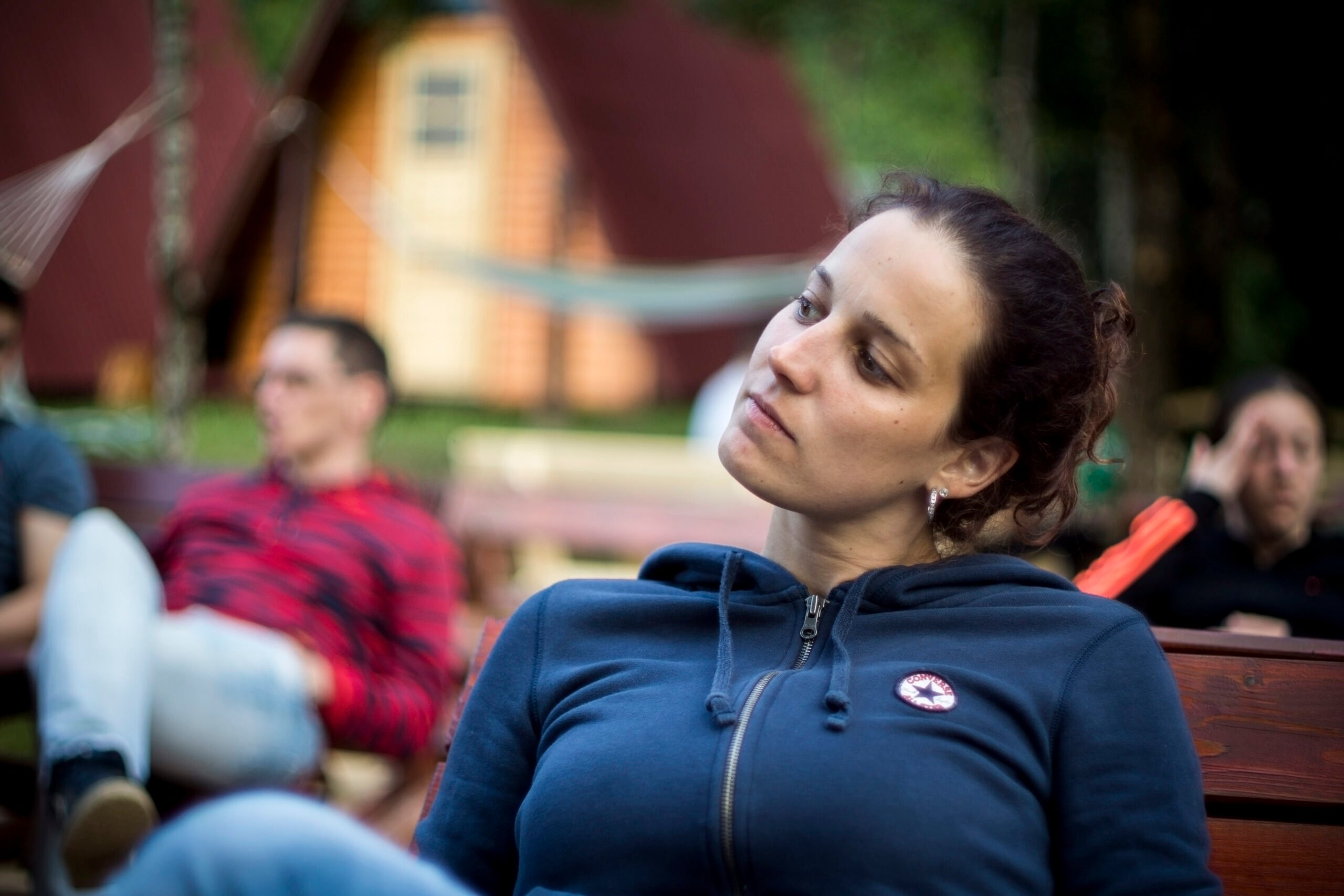
If you weren’t a software engineer, what would you be and why?
A professor or a lecturer — something that allows me to share knowledge. It’s a great feeling when you know you’ve taught someone something, passed on knowledge, and that’s something no one can ever take away from them.
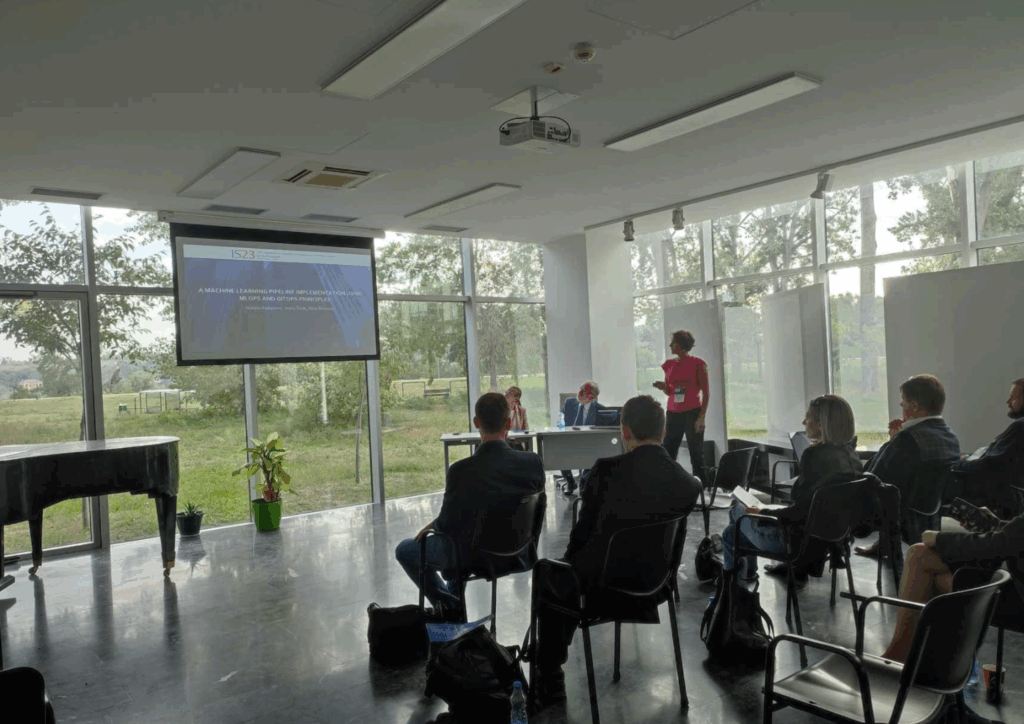
How do you achieve good relationships with your colleagues and your superiors?
With colleagues, easily. Our colleagues are genuinely great to work with. Collaboration comes naturally through open communication, sharing experiences, joking around, and talking about everyday life. With managers, through honesty. I do my job fairly and follow the rules that are in place. I’m honest with everyone, which usually means no issues.
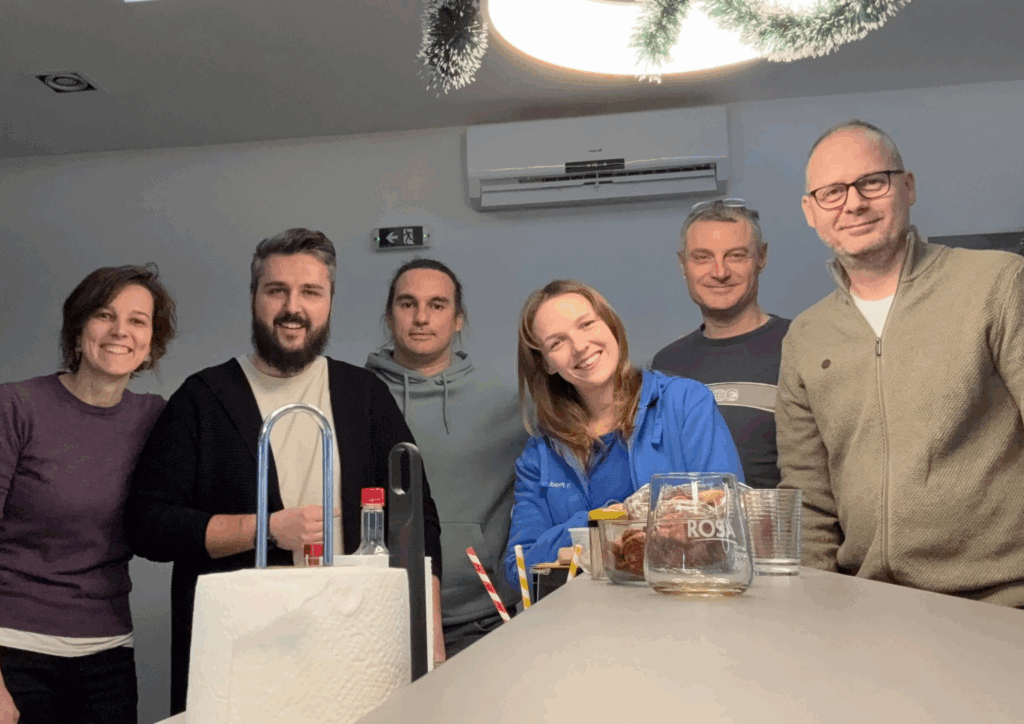
What does your break at work look like?
Lunch, coffee, and conversations with colleagues.
Can you describe your typical workday?
It depends on whether I’m working from the office or home.
When I work from the office, the day always starts with coffee. I check my messages and emails, and then warm up for the workday. I usually have morning meetings followed by focused, productive work. Then comes the lunch break. Sometimes we also squeeze in a game of darts or table tennis. After that, it’s back to work.
It’s a bit more chaotic at home, but it still starts with morning coffee. Breaks are often tied to picking up the kids from kindergarten, so my schedule adjusts around that. Lunch is usually at the computer or on the go. I spend my time working on tickets and attending meetings.It’s similar to the office routine, but without strictly defined breaks. I try to complete all essential tasks by 3 or 4 p.m.
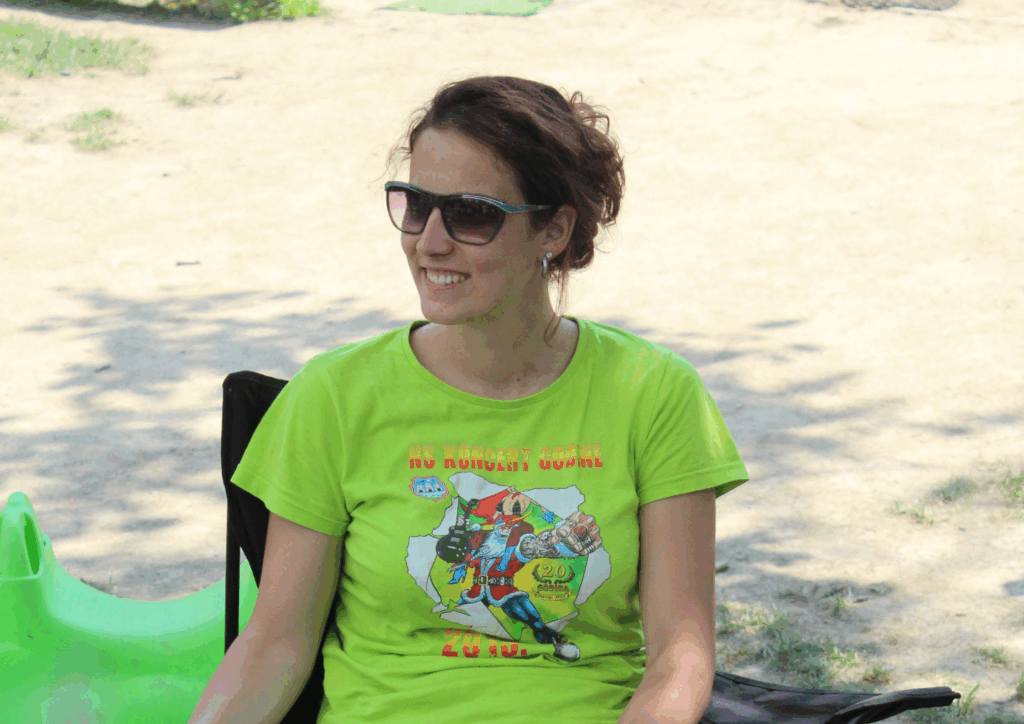
What was the best concert you’ve ever been to?
The last concert I attended was Mile Kekin. It left a great impression on me because I hadn’t attended a concert in a long time, so I enjoyed it. Before that, I had been to many concerts — each one unique in its own way.
I’m especially glad I got to see SMAK’s final concert at Tašmajdan —it was probably the most emotional concert I’ve ever been to.
And of course, there have been amazing concerts like Whitesnake and Deep Purple — each memorable in its own way, each providing something special I’ll never forget.
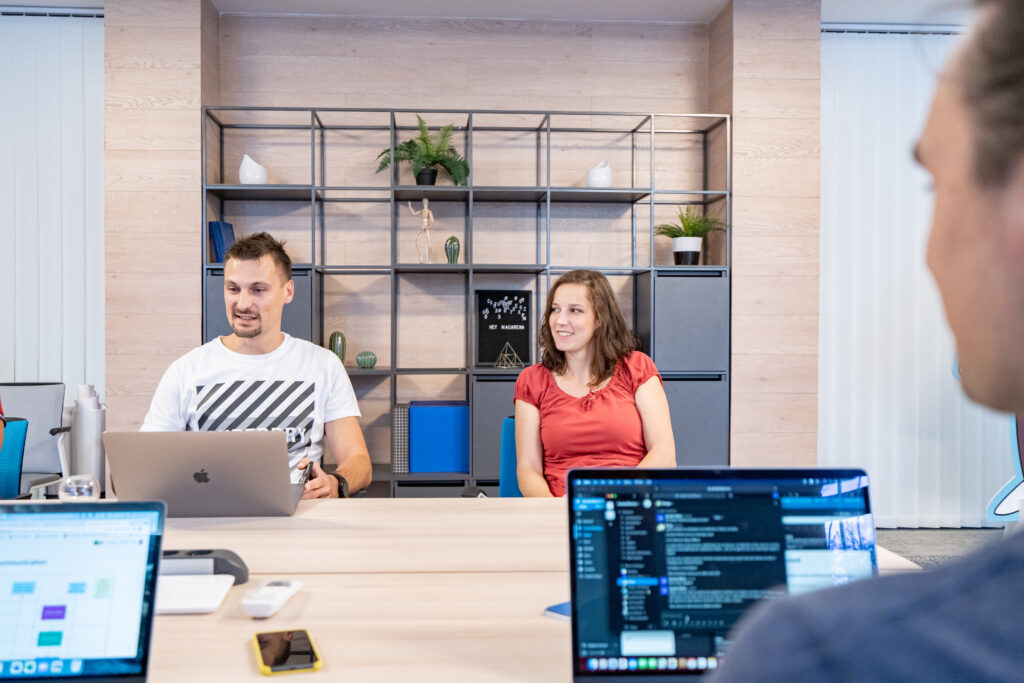
Send a message to all PD crew members.
I would love for us to grow, to one day have our own product, and to be the ones who define the conditions under which we work.
We need to have our product and our internal teams, and be able to offer and sell our concrete solution.